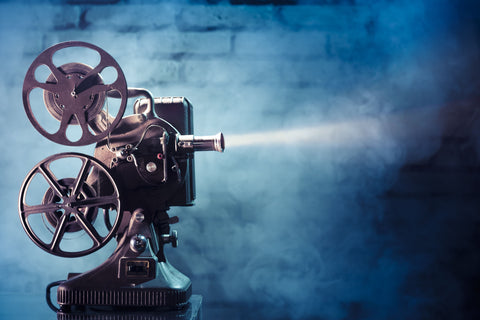CELEBRATING 20 YEARS OF FILMART GALLERY
CELEBRATING 20 YEARS OF FILMART GALLERY
Add description, images, menus and links to your mega menu
A column with no settings can be used as a spacer
Link to your collections, sales and even external links
Add up to five columns
Add description, images, menus and links to your mega menu
A column with no settings can be used as a spacer
Link to your collections, sales and even external links
Add up to five columns
The Evolution of Vintage Movie Posters
by Matthew McCarthy June 15, 2018 2 min read

Vintage movie posters tell us so much. Beyond providing details about a particular film, they're repositories of information about the time in which the film was made, as well as the cultural and stylistic influences that existed within the film and society itself. What goes into a Hollywood movie poster may seem second nature, but there's no reason for them to fit any particular pattern, and they've changed dramatically over the years. Here's a primer on the evolution of the movie poster.
The First Movie Posters
Imagine a world where there is no contact between the makers of a movie and the audience besides the movie itself, and the movie poster. This is the world that existed in the earliest days of film. The first posters resembled magazine covers more than the kind of digital art that would follow.The Golden Age of Hollywood
The silent era and beyond introduced the vibrant color and graphics that would become commonplace. Movies such as Nosferatu and King Kong developed a broad iconography that would make an impact with audiences, and influence proceeding generations of old movie posters.The War Years
At the start of WWII, movie posters saw the introduction of character illustrations in a fashion that would emphasize the movie star culture that existed in Hollywood. Accurate representations of movie stars - such as Humphrey Bogart and Ingrid Bergman in Casablanca - were used to sell movies in a way that didn't exist in Hollywood's early years.Post-War Hollywood
Dramatic stylistic choices began to take place in the 1950s and '60s. Moving away from elegance and realism, and into fantastic representations of the film they're selling, posters such as those for Vertigo and Breathless employed cartoon-like typefaces and bold colors to grab hold of potential audiences.The '70s and '80s
Photographs invade the movie poster. The typography would be moved to the side in favor of photographs of the leading men and women placed within the exotic and exciting locales envisioned in the poster.Modern Movie Posters
Digital editing has opened up the world of the movie poster to where anything is possible. Photorealism contrasts with fantastic imagery and typography in a smorgasbord of graphic design.As movies evolve, there is no doubt that movie posters will evolve right along with them.
Subscribe
Sign up to get the latest on sales, new releases and more …
